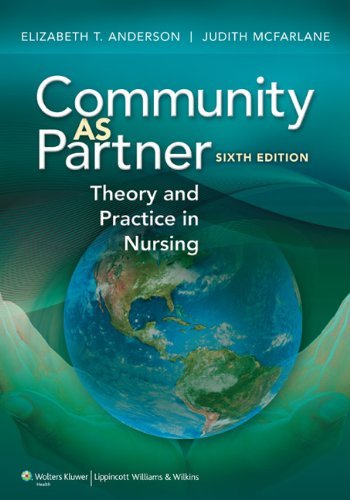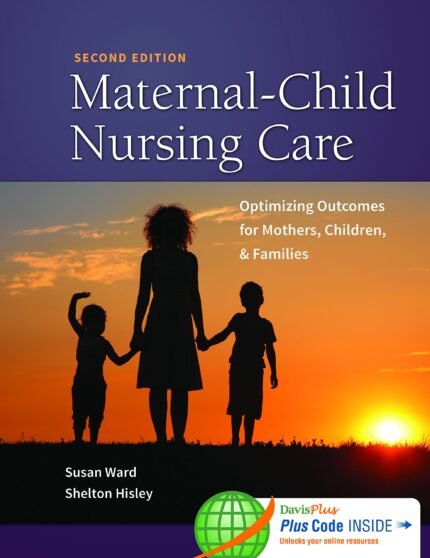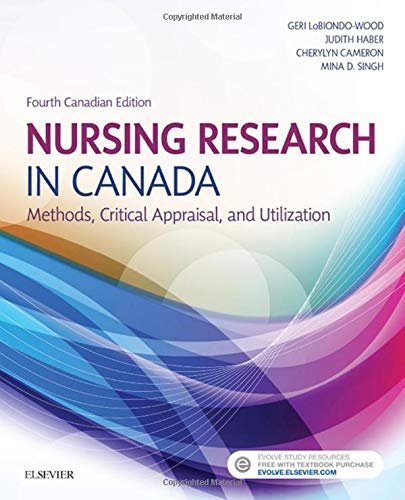Test Bank For Community As Partner Theory And Practice in Nursing 7th edition by Anderson
Community As Partner Theory And Practice in Nursing 7th edition by Anderson – Test Bank
Community As Partner Theory And Practice in Nursing
Community As Partner Theory And Practice in Nursing 7th edition
| 1. | To plan prevention interventions, the nurse should know that which of the following is one of the greatest challenges to global health that leads to health disparities? | |
| A) | Access to adequate food | |
| B) | Health care | |
| C) | Shelter | |
| D) | Poverty | |
| Ans: | D | |
| Feedback: | ||
| One of the greatest challenges to global health that leads to health disparities is poverty. Lack of access to adequate food, water, shelter, and health care are outcomes associated with poverty. | ||
| 2. | Select the best definition of global health. | |
| A) | Differences in the incidence, prevalence, mortality, and burden of diseases and other adverse health conditions that exist among specific population groups | |
| B) | Health issues that transcend national boundaries and may best be addressed by cooperative actions | |
| C) | Increasing economic, political, social, technological, and intellectual interconnectedness of the world | |
| D) | International and global exchanges leading to growing recognition of common threats, as well as opportunities, and a sense of growing solidarity and commitment to collaboration to promote global social justice and equity | |
| Ans: | B | |
| Feedback: | ||
| Global health is health issues that transcend national boundaries and may best be addressed by cooperative actions. Health disparities are differences in the incidence, prevalence, mortality, and burden of diseases and other adverse health conditions that exist among specific population groups in the United States. Globalization is a term used to refer to the increasing economic, political, social, technological, and intellectual interconnectedness of the world. Global stewardship is influenced by international and global exchanges, leading to growing recognition of common threats, as well as opportunities, and a sense of growing solidarity and commitment to collaboration to promote global social justice and equity. | ||
| 3. | Which of the following is a negative effect of globalization on health? | |
| A) | Diffusion of ideas | |
| B) | Expansion of trade | |
| C) | Global stewardship | |
| D) | Brain drain | |
| Ans: | D | |
| Feedback: | ||
| A negative effect of globalization is the “brain drain” that results when educated society members migrate from lower-resource countries to higher-resource countries. Thus, many groups who could most benefit from increased access to information and communication technology are unable to enjoy the benefits these technologies bring to health care because of challenges with untrained personnel and lack of infrastructure and resources. Diffusion of ideas, expansion of trade, and global stewardship are among the positive effects of globalization. | ||
| 4. | The public health nurse in New York City wishes to prepare for potential health outcomes of climate change. For which client should she develop plans? Select all that apply. | |
| A) | Elderly man with cardiovascular disease on diuretic medication | |
| B) | Farmer whose crop yield is low | |
| C) | Relocated family living in temporary housing | |
| D) | Child with asthma | |
| E) | Female with a double knee replacement | |
| Ans: | A, C, D | |
| Feedback: | ||
| The elderly will be at the greatest risk for exposure to catastrophic weather events such as hurricanes and extreme heat. Climate change will worsen smog and cause plants to produce more pollen pollution, increasing respiratory health threats, particularly for people with allergies and asthma. Increased flooding will result in possible food and water shortages and may lead to mass migration. Persons affected by disasters and economic problems due to ecosystem and climate changes will be vulnerable to mental health stresses. The health care needs of the farmer with a low crop yield and the female with knee replacement should not require specific plans based on climate change. | ||
| 5. | Reaching which target will meet the goals of the Millennium Declaration? Select all that apply. | |
| A) | Halt and reverse the spread of HIV/AIDS. | |
| B) | Reduce the maternal mortality ratio by three-quarters. | |
| C) | Develop and implement strategies for decent and productive work for youth. | |
| D) | Continue gender disparity in primary and secondary education. | |
| E) | Halve the population without sustainable access to safe drinking water and basic sanitation. | |
| Ans: | A, B, C, E | |
| Feedback: | ||
| The Millennium Development Goals (MDG) Report outlines eight broad goals and specific targets for each goal that are to be achieved by the year 2015. These include halt and reverse the spread of HIV/AIDS; reduce the maternal mortality ratio by three-quarters; develop and implement strategies for decent and productive work for youth; and halve the population without sustainable access to safe drinking water and basic sanitation. Gender disparity in primary and secondary education should be eliminated, not continued. | ||












Reviews
There are no reviews yet.